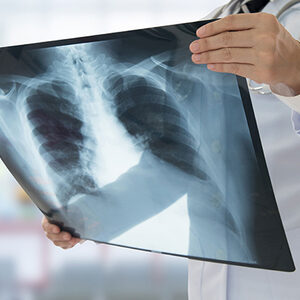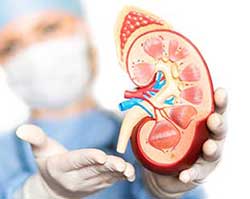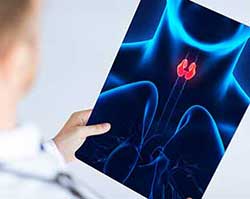Consult City's Top Doctors, The Minute You Need To
First Consultation starting
@ ₹249 ₹499
14261
General Physicians
5337372
Cases done
by General Physicians
2248
Hospitals
Acute Embolism and Thrombosis: Dangerous blood clot
About
Acute embolism and thrombosis, together known as thromboembolism, refer to a condition in which a blood clot (caused by an embolism) reduces the blood flow.
DVT (Deep Vein Thrombosis) is considered the most dreadful case of thrombosis as it prevents oxygen supply to other parts of the body.
- Requires a medical diagnosis
- Lab tests or imaging might be required
- Treatable by a medical professional
- Resolves in months
Deep vein thrombosis is a serious issue in which the blood clot gets broken and travels in the bloodstream and settles in the lungs blocking the blood flow.
Symptoms
Swelling of a localized area and redness are common symptoms.
In Deep Vein Thrombosis, these are observable:
- Pain in the leg with cramps and soreness
- Redness develops in skin
- Warmth in the affected leg
In pulmonary embolism, one may experience:
- Difficulty in breathing
- Fast breathing
- Dizziness
- Coughing up blood
- Chest pain
- Fainting
Treatment
Depending on the location, extent, and type of the condition, either medications or surgery is recommended.
Thrombolytic medications are used for managing clots. Surgeries (like thrombectomy) that dissolve clots can also be suggested in some cases. Anticoagulant medications prevent the formation of clots.
Medications
Intravenous injections are given in the form of shots. These act as blood thinners. Other blood thinners can also be injected or blood thinner pills maybe recommended. Clot busters are used in case of serious thrombosis or embolism.
Specialists
It is recommended to contact a doctor immediately for accurate diagnosis and treatment.
mfine provides you with an online platform to consult with top doctors from the best hospitals.
Other Specialities
Give a missed call to 08061914343 to Download the App
































